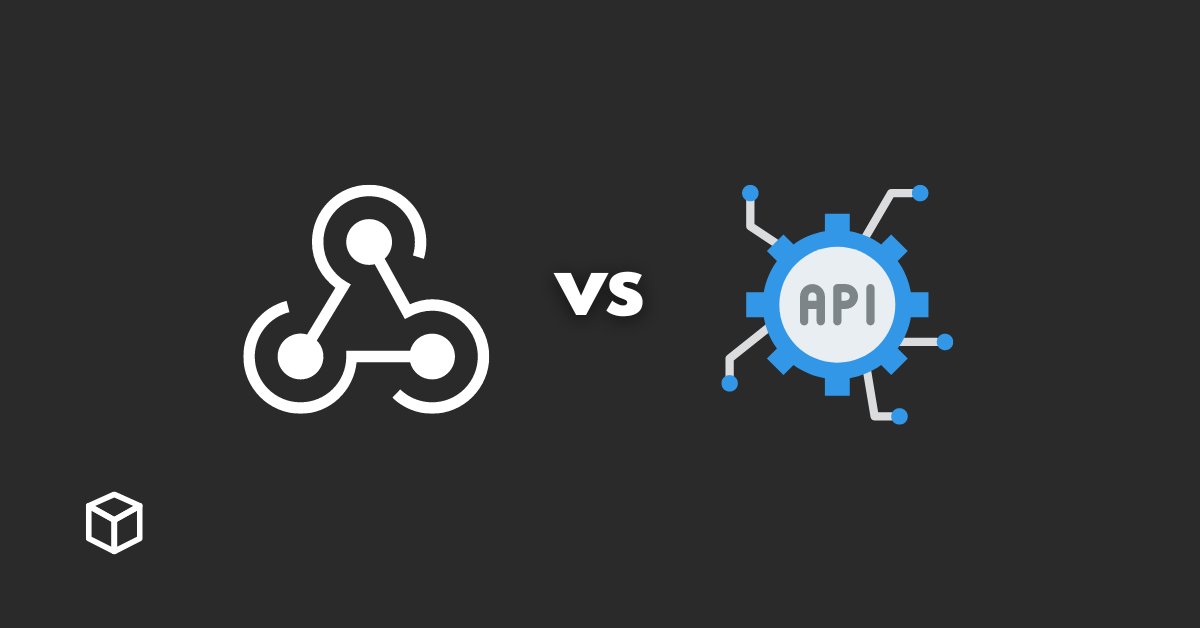Webhooks and APIs are two important technologies that allow different systems to communicate and share information with each other.
While they are similar in many ways, they also have key differences that make them better suited for different use cases.
In this article, we will explore the basics of webhooks and APIs, as well as the key differences between the two.
We will also provide examples of how they are used in practice, as well as recommendations for when to use each technology.
Webhooks and APIs are both technologies that allow different systems to communicate with each other.
They are commonly used in software development and integration, but can be used in a variety of other fields as well.
The purpose of this blog post is to provide a comprehensive overview of webhooks and APIs, as well as the key differences between the two.
We will also provide examples of how they are used in practice and give recommendations for when to use each technology.
This blog post is aimed at software developers, technical writers, and anyone else who is interested in understanding the basics of webhooks and APIs.
Basics of Webhooks
A webhook is a way for one system to send a message or “hook” to another system in response to a specific event or trigger.
This allows the receiving system to automatically take action in response to the event, without the need for manual intervention.
How webhooks work
Webhooks work by sending a notification or message from one system to another in response to a specific event or trigger.
The receiving system is able to process the message and take action based on the information contained within it.
This allows for real-time communication and automatic responses between systems.
Examples of webhooks in action
A common example of a webhook in action is a payment gateway sending a notification to a merchant’s system when a customer’s payment is successfully processed.
Another example is a chat application sending a notification to a user’s phone when they receive a new message.
Advantages of using webhooks
- Real-time communication: Webhooks allow for real-time communication between systems, so that actions can be taken as soon as an event occurs.
- Automation: Webhooks enable automation by allowing systems to take action in response to specific events or triggers, without the need for manual intervention.
- Flexibility: Webhooks can be used to connect a wide variety of systems, making them a very flexible technology.
Basics of APIs
An API (Application Programming Interface) is a set of rules and protocols that allows different systems to communicate with each other.
It specifies how software components should interact and APIs allow for different systems to share data and functionality.
How APIs work
APIs work by allowing one system to access the functionality and data of another system, using a set of predefined rules and protocols.
It allows for the integration of different systems, and enables the sharing of data and functionality between them.
Examples of APIs in action
A common example of an API in action is a mobile app that uses the Google Maps API to display maps and location-based data.
Another example is an e-commerce website that uses the Stripe API to process payments.
Advantages of using APIs
- Integration: APIs allow for different systems to be integrated and share data and functionality.
- Reusability: APIs allow for the reuse of existing functionality and data, reducing the need to rebuild it from scratch.
- Extensibility: APIs can be used to add new features and functionality to existing systems, making them more extensible.
- Scalability: APIs can be used to connect a large number of systems and users, making them highly scalable.
Differences between Webhooks and APIs
Comparison of Functionality
Webhooks are used for real-time communication and automation, while APIs are used for integration, reusability, extensibility, and scalability.
Webhooks are typically used to send messages or notifications in response to specific events or triggers, while APIs allow for access to functionality and data.
Use cases for webhooks vs APIs
Webhooks are often used in situations where real-time communication and automation are needed, such as payment processing or chat applications. APIs are used in situations where integration and access to functionality and data are needed, such as in e-commerce or mapping applications.
Security Considerations
Webhooks and APIs both have security considerations that must be taken into account.
Webhooks may be vulnerable to replay attacks, where a malicious user intercepts and resends a webhook, causing unintended actions to be taken.
APIs may be vulnerable to attacks such as SQL injection, where a malicious user is able to insert unauthorized SQL code into an API request.
Integration options
Webhooks can be integrated with a wide variety of systems, but are typically used for real-time communication and automation.
APIs, on the other hand, can be used to integrate a wide variety of systems and allow for access to functionality and data.
Conclusion
In this blog post, we have explored the basics of webhooks and APIs, as well as the key differences between the two.
We have provided examples of how they are used in practice, as well as recommendations for when to use each technology.
Webhooks are best used in situations where real-time communication and automation are needed, while APIs are best used in situations where integration and access to functionality and data are needed.
It is important to consider the security implications of both technologies, and to use appropriate measures to protect against potential attacks.
If you’re interested in learning more about webhooks and APIs, there are a number of resources available online.
The following links may be helpful:
- Webhooks on Wikipedia (https://en.wikipedia.org/wiki/Webhook)
- APIs on Wikipedia (https://en.wikipedia.org/wiki/Application_programming_interface)
- Webhooks on GitHub (https://developer.github.com/webhooks/)




